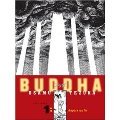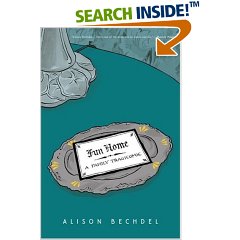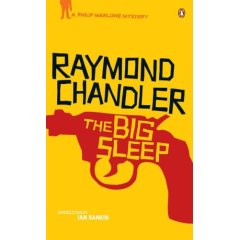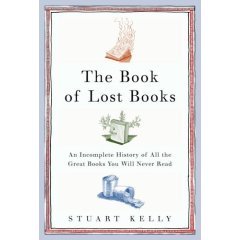
Occasionally I'm struck by a random fascination on a particular topic, and such was the case this past summer when I suddenly felt the need to read something, anything, on tornadoes and storm chasing on the Great Plains. Some cursory catalog searches didn't turn up anything that would satisfy my curiousity, so when I happened to sport Mark Svenvold's account of the May 2004 outbreak of storms on the shelf, I immediately snapped it up.
Tornadoes have always had a fascinating quality about them, driving thrill seekers and scientists alike to drive thousands of miles (literally) in the hopes of seeing just one. Yet the draw of witnessing such storms also speaks to what Svenvold calls 'catastrophilia:' the need to be thisclose to possible, and in some cases, real devestation, either on the ground or beamed over the airwaves via the Weather Channel. It is this fascination with weather as entertainment that makes up the central theme to Big Weather: Chasing Tornadoes in the Heart of America. To be sure, Svenvold does justice to the art of storm chasing, which requires as much luck as science to put a chaser in the right place at the right (wrong?) time. Like any other seemingly insane endeavor, he portrays a case of characters that range from the quiet, Scout master storm spotter, to the main forecaster at the Storm Prediction Center, and the questionable Californian guy who eventually gets to do some 'real' science out of his homemade tornado intercept vehicle.
These parts of Svenvold's work clip along well, but he's as much concerned with the effect global warming and the Weather Channel have had on the weather and how we perceive it. Although Svenvold makes the argument that both have made impacts on the storms over the plains, the momentum Svenvold had created in the remainder of the work effectively lapses into doldrums. To make the entire book a description of his jaunts across Middle America would be bowing to the lure of catastrophilia, but while struggling through his meditation on the sublime as it relates to storms, I wonder if some more stringent editing could have been merited. Still, Svenvold covers the complete culture of storm chasing in a manner that few other authors have done.











































.jpg)